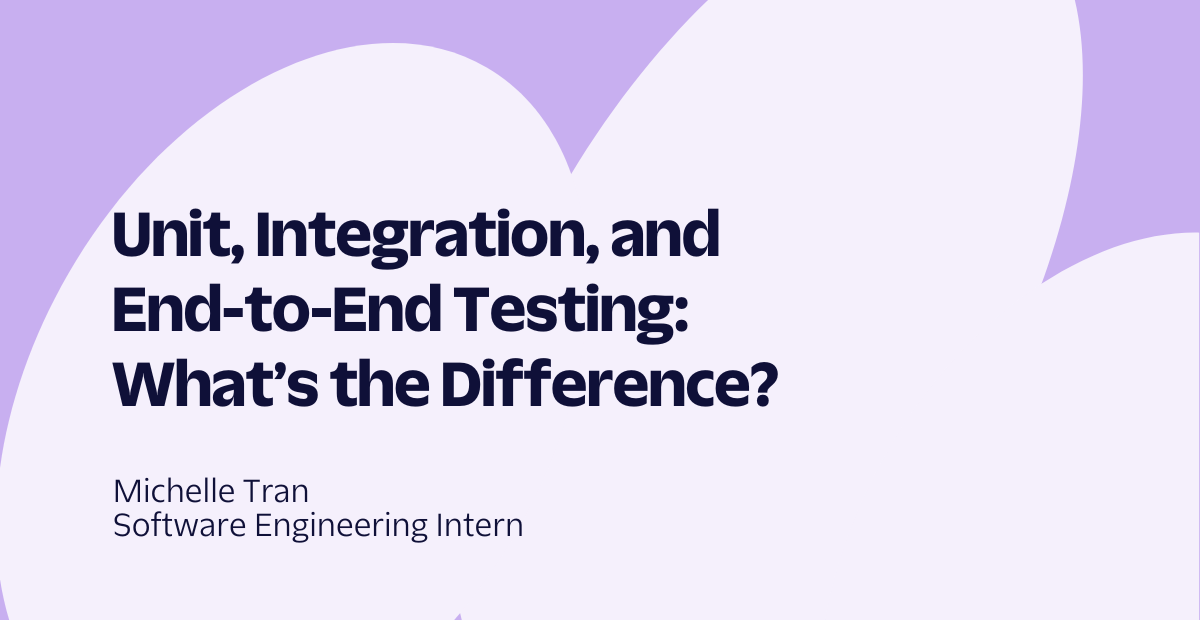Building Reliable Knowledge Sources for Your AI Assistant
Time to read: 5 minutes
Building Reliable Knowledge Sources for Your AI Assistant
AI Assistants, a platform to build customer aware autonomous agents, is our first project launched under the Twilio Alpha program. Learn more at twilioalpha.com and you can sign up for the AI Assistants waitlist here
One of the core components of building with AI is providing foundational knowledge to ensure the Large Language Models (or LLMs) you use understand your business. That includes AI Assistants, a platform to build customer aware agents which uses LLMs behind the scenes to help you solve your customer problems. Well-prepared knowledge is not just a collection of information; it is the cornerstone that allows AI Assistants to provide accurate, relevant, and engaging interactions with users.
The ability to understand the nuances of your customers’ inquiries, provide quick and precise answers, and personalize each interaction relies heavily on the quality and structure of the underlying data. Taking the time to assess, optimize, and enrich your content will ensure that your AI Assistants are effective from the first interaction. By preparing your knowledge now, you're setting the stage for a seamless integration of AI into your customer service processes, enhancing both customer satisfaction and operational efficiency.
Assess your existing knowledge content
Before you can enhance your knowledge content, it's crucial to understand its current state. This assessment is not merely about checking what content exists, but also about evaluating its quality, relevance, and coverage. This review should identify gaps that could hinder your AI Assistants' performance and pinpoint areas for improvement.
1. Catalog your content: Start by cataloging all the sources of information that might be useful for your AI Assistants. This includes FAQs, product manuals and documentation, technical blog posts, customer support logs, forum threads, and even social media interactions. Each of these sources can reveal insights into the typical customer queries and the kind of responses expected.
2. Identify content gaps: As you review your accumulated knowledge, ask whether the content covers all the topics your customers might inquire about. For example, are there recurring questions in customer interactions that aren't adequately addressed in your current resources? Such gaps are critical to fill, as missing or inaccurate information is frequently the source of customer frustrations and escalations.
3. Evaluate accuracy and relevance: Information can quickly become outdated, especially in fast-moving industries. Verify that your content reflects your current offerings, policies, and best practices. Also, consider the relevance of the content. For instance, if certain instructions are seldom relevant to your user base or have not been accessed frequently, they might need to be updated or removed altogether.
4. Analyze comprehensibility: Your AI Assistants are as good as the clarity of the information they fetch. Assess whether the knowledge is presented in a clear, concise, and easily digestible format. Overly complex explanations or technical jargon can confuse not just your customers, but also the AI attempting to parse this information. A good gut check – if you can’t understand, the AI Assistant won’t be able to either.
Simplify and structure your content
Once you've assessed your current knowledge, the next step is to refine and organize this content. The goal is to ensure that information is both accurate and structured in a way that is easily navigable and interpretable. Here are some actionable tips to optimize and structure your content effectively:
1. Keep it simple: Clarity and simplicity are key. Aim to rewrite content in a way that is straightforward and avoids ambiguity. Use an active voice and ensure that instructions or explanations are clear and to the point. Language should be accessible to your audience, avoiding overly technical terms unless absolutely necessary—and even then, consider including a glossary or definitions for less common terms as a knowledge asset.
2. Make things easier to find: People—and by extension, LLMs—often skim content to find the information they need quickly. Use headings, subheadings, bullet points, and numbered lists to break down information into manageable, easy-to-find pieces. This structure not only aids human comprehension but also allows AI Assistants to parse and retrieve specifics more efficiently.
3. Use metadata and tags: Enhance your content’s discoverability by using metadata and tags effectively. This can include categorizing articles by topics, marking the audience type, tagging content with keywords, and even noting the language level. Metadata helps organize the knowledge base internally and also supports AI in making better decisions about which content is most relevant for a given user query.
Prioritize content updates by highest ROI
After optimizing and structuring your knowledge base, the next step is to prioritize which parts of the content to update first based on the highest ROI for customer interactions. By strategically updating your content, you can dramatically enhance the effectiveness of the AI Assistants upon their deployment. Here are several strategies to help you prioritize content updates effectively:
1. Analyze user traffic and engagement: Start by identifying which parts of your knowledge base receive the most traffic. Tools such as web analytics can provide insights into which pages are visited the most and the average time spent on each page. Prioritizing updates for these sections ensures that you are improving content that affects the largest portion of your audience.
2. Focus on high-impact topics: Certain topics or issues may be more critical to your business operations than others. These could include troubleshooting guides, product setup information, or billing-related inquiries. These high-impact topics are often crucial for customer satisfaction and retention, making them a priority for timely and accurate information updates.
3. Consider seasonal or event-driven content: If your business experiences seasonality or plans major events (such as product launches or updates), prioritize updating related content to ensure it is relevant and timely. This ensures that when user interest peaks, your AI Assistants are ready with the most current information.
4. Legal and compliance updates: Always prioritize content that must be updated for legal or compliance reasons. This ensures that all provided information adheres to the latest laws and regulations, which is crucial to maintain trust and help avoid potential legal issues.
5. Leverage AI insights: If you already have AI systems in place, analyze the logs and reports to identify areas where users frequently seek clarification or where the AI has difficulty providing accurate answers. These insights can guide you to parts of your knowledge base that need immediate attention.
6. Critical path analysis: Consider the customer journey and identify content along the critical path to conversion or resolution. Prioritizing updates to content that directly influences customer decisions or satisfaction at crucial touchpoints can have outsized benefits in terms of customer experience and business outcomes.
Conclusion
In anticipation of accessing Twilio AI Assistants, investing time now to prepare your knowledge base sets the stage for success. A robust, well-organized, finely tuned knowledge base is the backbone of effective AI-assisted customer interactions. By proactively assessing and optimizing your content, you are paving the way for AI Assistants to deliver not just answers but accurate, context-aware, and personalized experiences that enhance customer satisfaction and engagement.
As you wait for access, take this time as an opportunity to lay down the foundational work that will enable your business to leverage the full potential of AI in customer interactions. Remember, the quality of outputs from AI Assistants largely depends on the quality of inputs they receive. Therefore, crafting a well-prepared knowledge base is essential for maximizing the capabilities of AI technologies to serve, delight, and efficiently interact with your customers.
If you’re interested in getting access to AI Assistants, sign up for the waitlist today!
Christopher Brox is a solutions engineer on Twilio’s Emerging Technology and Innovation team. He believes automation can free humanity from mundane work, allowing people to live more fulfilling and creative lives. His mission in life is to automate at much work as possible and his focus at Twilio is the automation of work via conversational AI.
Related Posts
Related Resources
Twilio Docs
From APIs to SDKs to sample apps
API reference documentation, SDKs, helper libraries, quickstarts, and tutorials for your language and platform.
Resource Center
The latest ebooks, industry reports, and webinars
Learn from customer engagement experts to improve your own communication.
Ahoy
Twilio's developer community hub
Best practices, code samples, and inspiration to build communications and digital engagement experiences.


